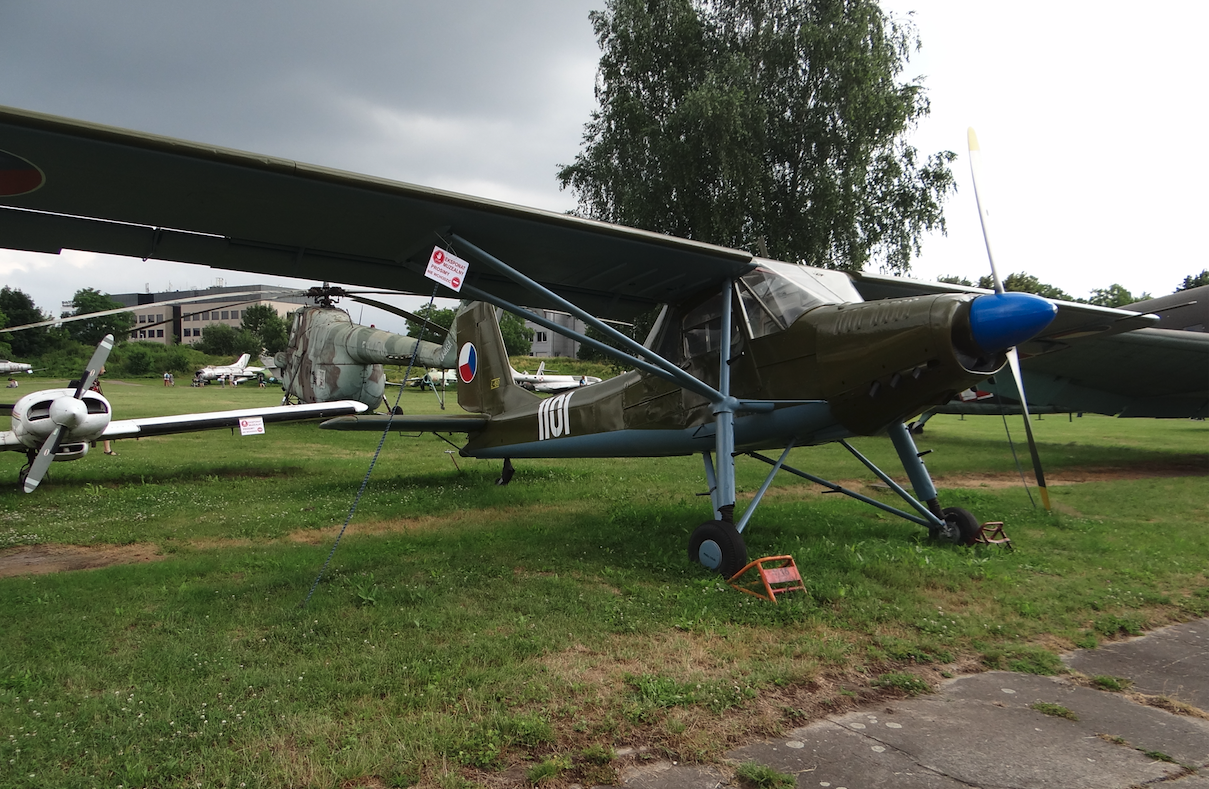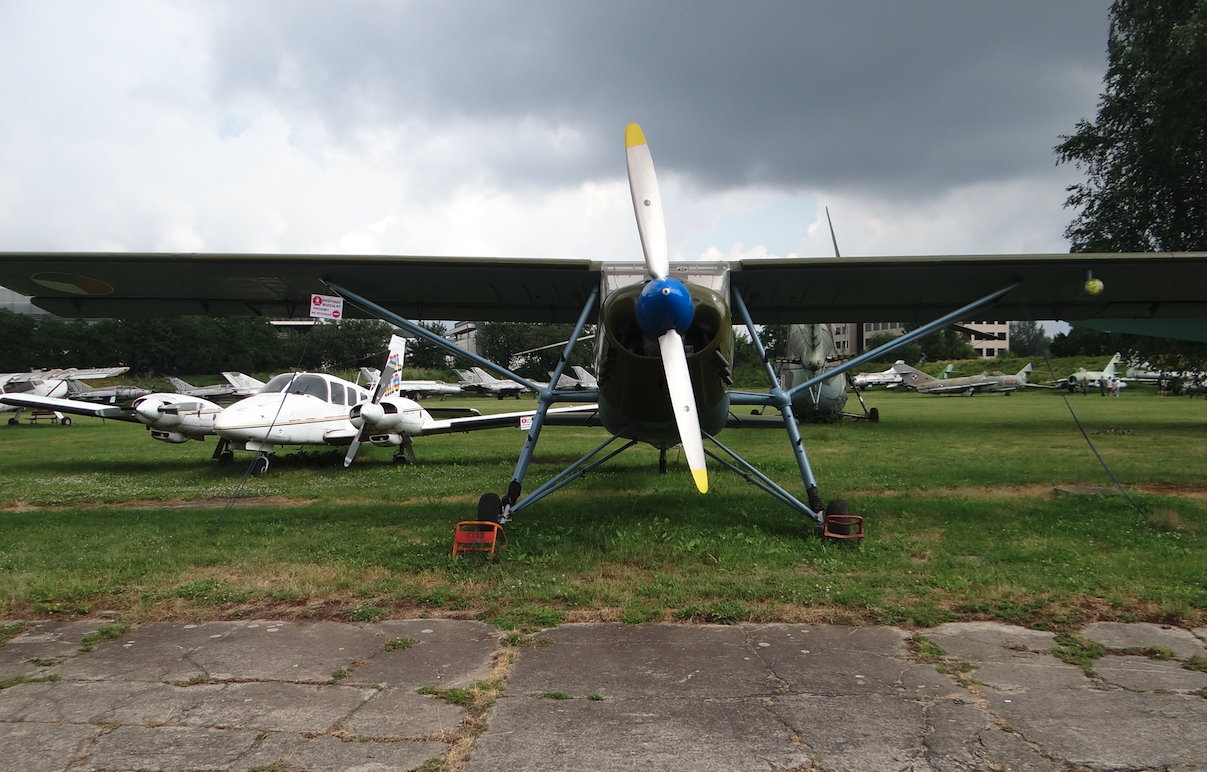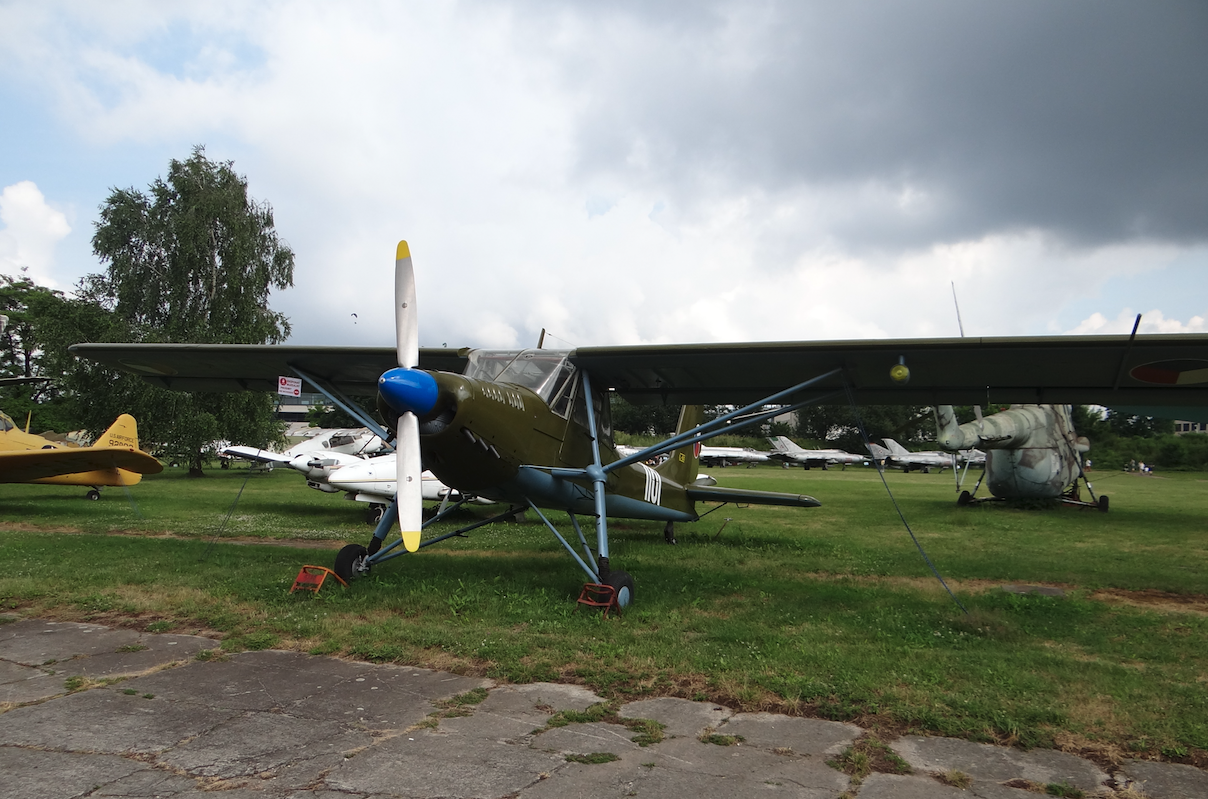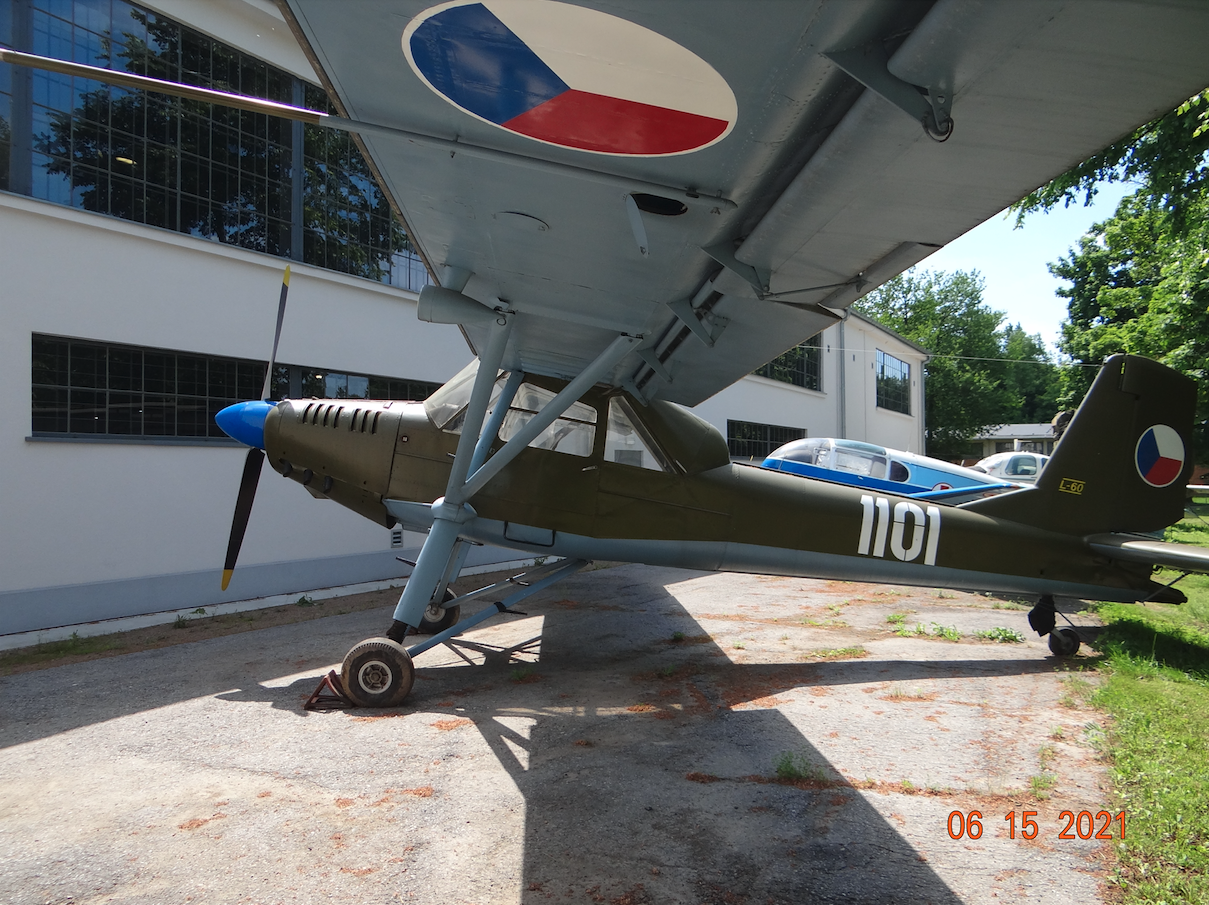Kraków 2022-11-25
Aero L-60 Brigadyr.
Aero L-60 Brigadyr is a light Czechoslovak aircraft adapted for liaison, dispatch and tourist operations. The aircraft was tried to be adapted to sanitary and agro-aviation tasks. In both of these tasks, the plane failed. There was a proposal to produce the aircraft as an armed, so-called counter-partisan, which was not implemented.
The aircraft was developed as STOL, i.e. short take-off and landing. The aircraft was produced by the Aero Vodochody plant on the order of the Ministry of Defense of Czechoslovakia. The goal was to replace the German Fieseler Fi 156 Storch aircraft.
The Aero L-60 Brigadyr prototype flew on December 24, 1953. Serial production lasted until 1968 and about 300 were built. The aircraft were exported to the following countries: CCCP, GDR, Cuba, Egypt, Hungary, New Zealand, Argentina, Poland.
In Poland, three copies in the sanitary version were used, which had the designation Aero L-60 F and the registrations SP-FXA, SP-FXB and SP-FXC. One of them, SP-FXA, was donated to the Aviation Museum in Krakow in 1974.
Construction.
The Aero L-60 Brigadyr aircraft was designed as a classic high-wing aircraft. The cabin has space for one pilot and two or three passengers.
Airplanes used several piston engines in flat or star configuration. The prototype was powered by the Argus 10C engine. The production aircraft used the Walter M-208B engine with a power of 176 kW (240 hp). Then there was the 162 kW (220 hp) M-208B engine, known as Praga "Doris B". Engines built in Poland under license were also used, the star Ivchenko AI-14RA.
Data T-T Aero L-60 Brigadyr:
Span 13.96 m. Length 8.54 m. Height 2.70 m. Bearing area is 24.30 m2. Curb weight 860 – 995 kg. Top speed 180 – 220 km/h. Ceiling 4,500 m. Range 700 – 900 km.
Written by Karol Placha Hetman





